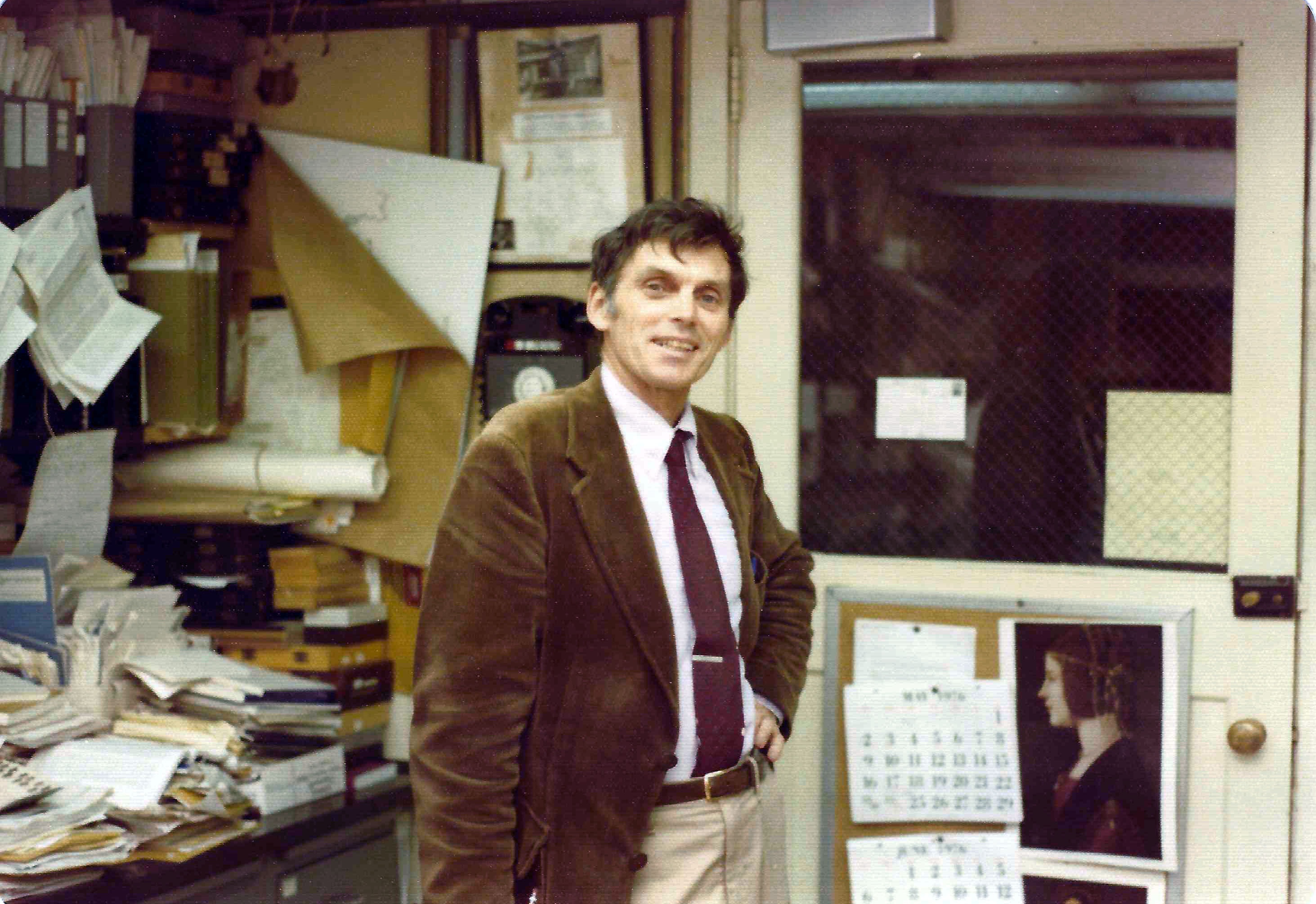...
After graduating from Princeton University (1945), Potter received his M.D. from the University of Virginia (1949). During the Korean War, he served as a medical officer. In 1954, Potter joined the National Cancer Institute (NCI). During his decades at NCI, he served as chief of the Immunochemistry Section of the Laboratory of Cell Biology and the Laboratory of Genetics. As a chief, he enjoyed independent resources, and could focus on his research without too great of an administrative burden. From the very beginning, he exchanged ideas, material, and work with colleagues.
| Dive | ||||||||||
|---|---|---|---|---|---|---|---|---|---|---|
| ||||||||||
|
...
“‘There is our animal room, down the hall. Go learn about mice and tumors.’ Needing no further encouragement, Mike proceeded to do just that.”
- —Advice given to Michael Potter upon his arrival at NIH by his boss, Lloyd Law, as related by Stuart Rudikoff and J. Frederic Mushinski in their biographical memoir of Potter (NAS, 2013).
| Dive | |||||||||||||||||||||
|---|---|---|---|---|---|---|---|---|---|---|---|---|---|---|---|---|---|---|---|---|---|
| |||||||||||||||||||||
|
| Panel | ||||||||
|---|---|---|---|---|---|---|---|---|
| ||||||||
| panel |



